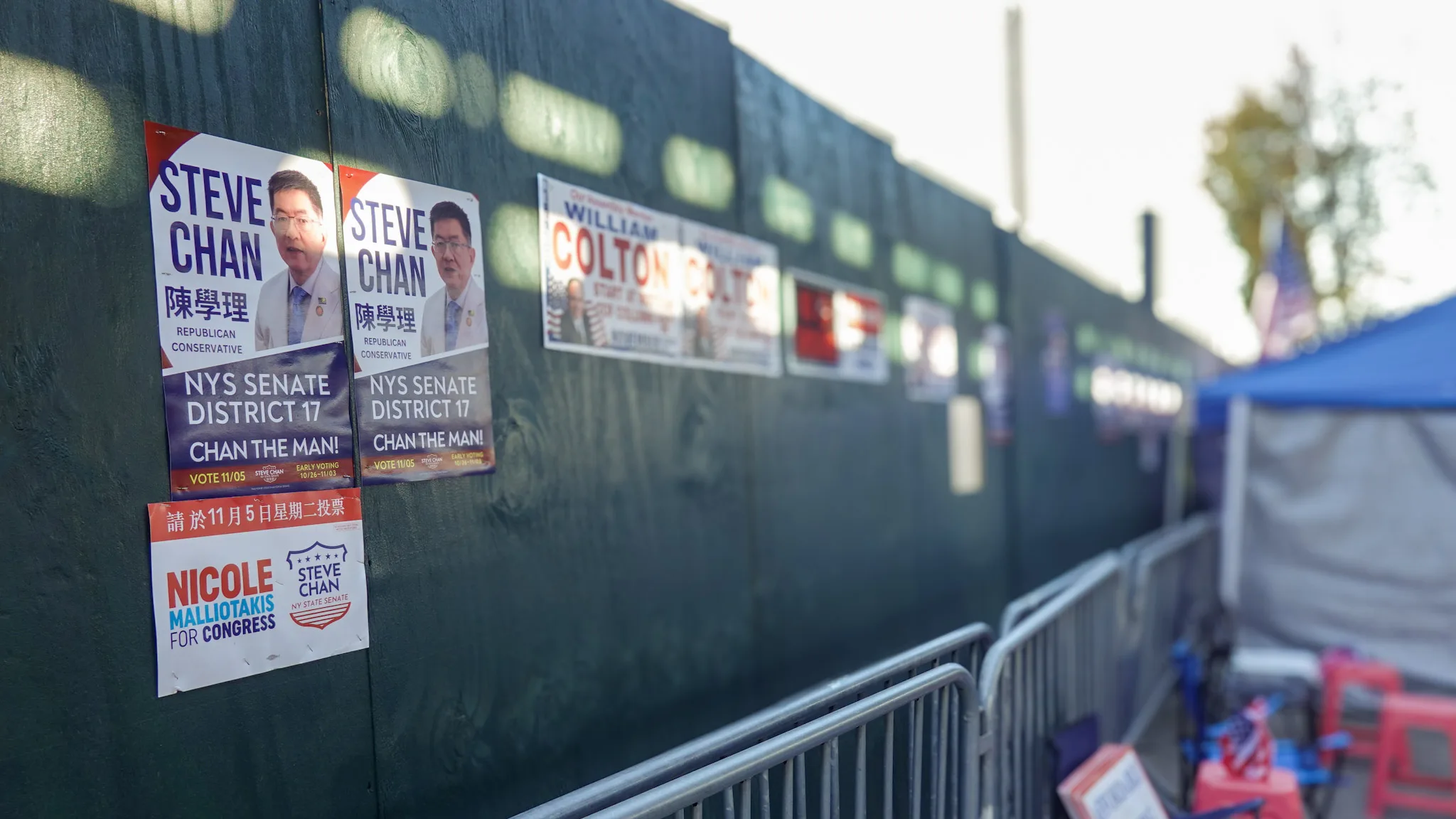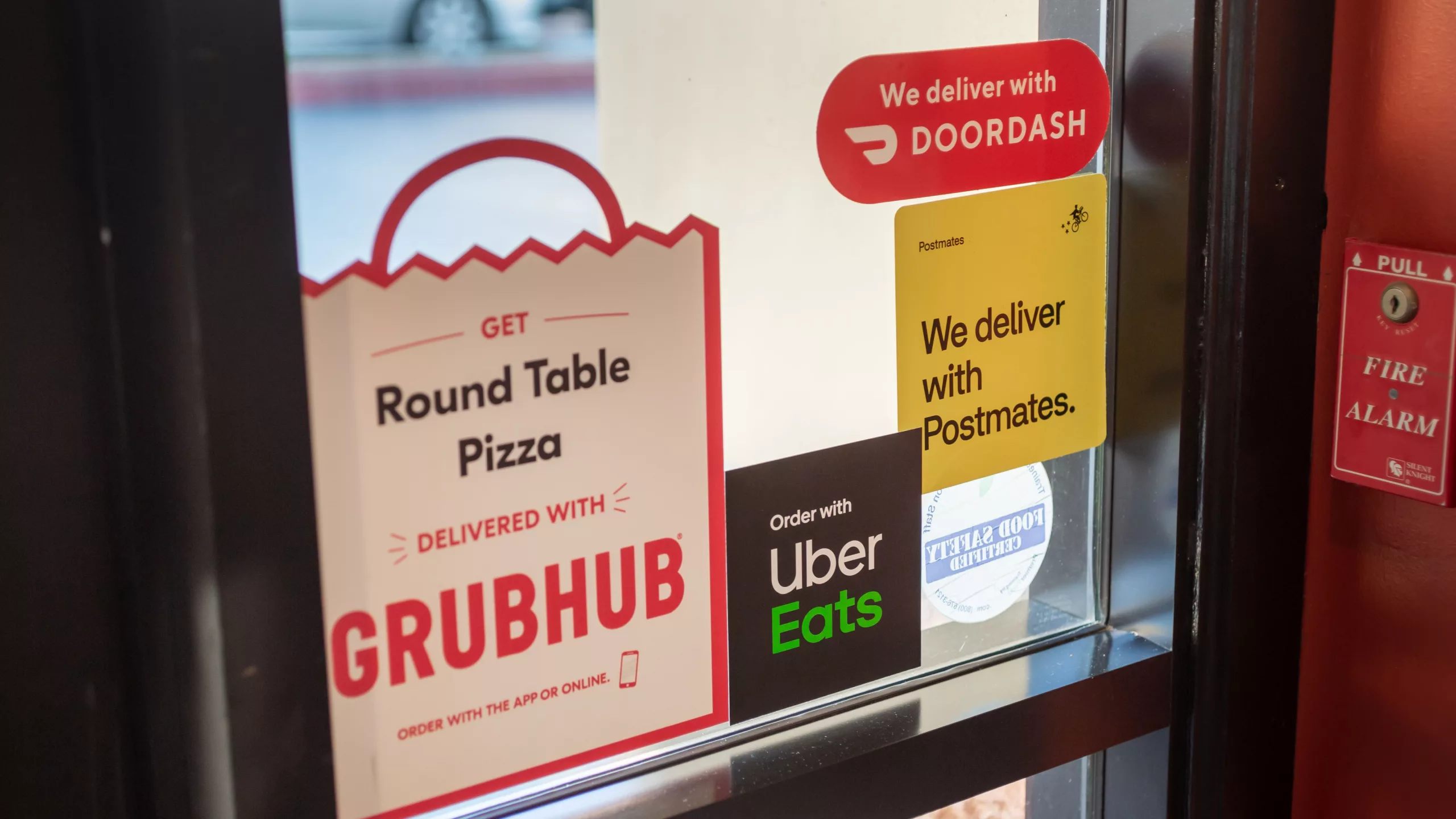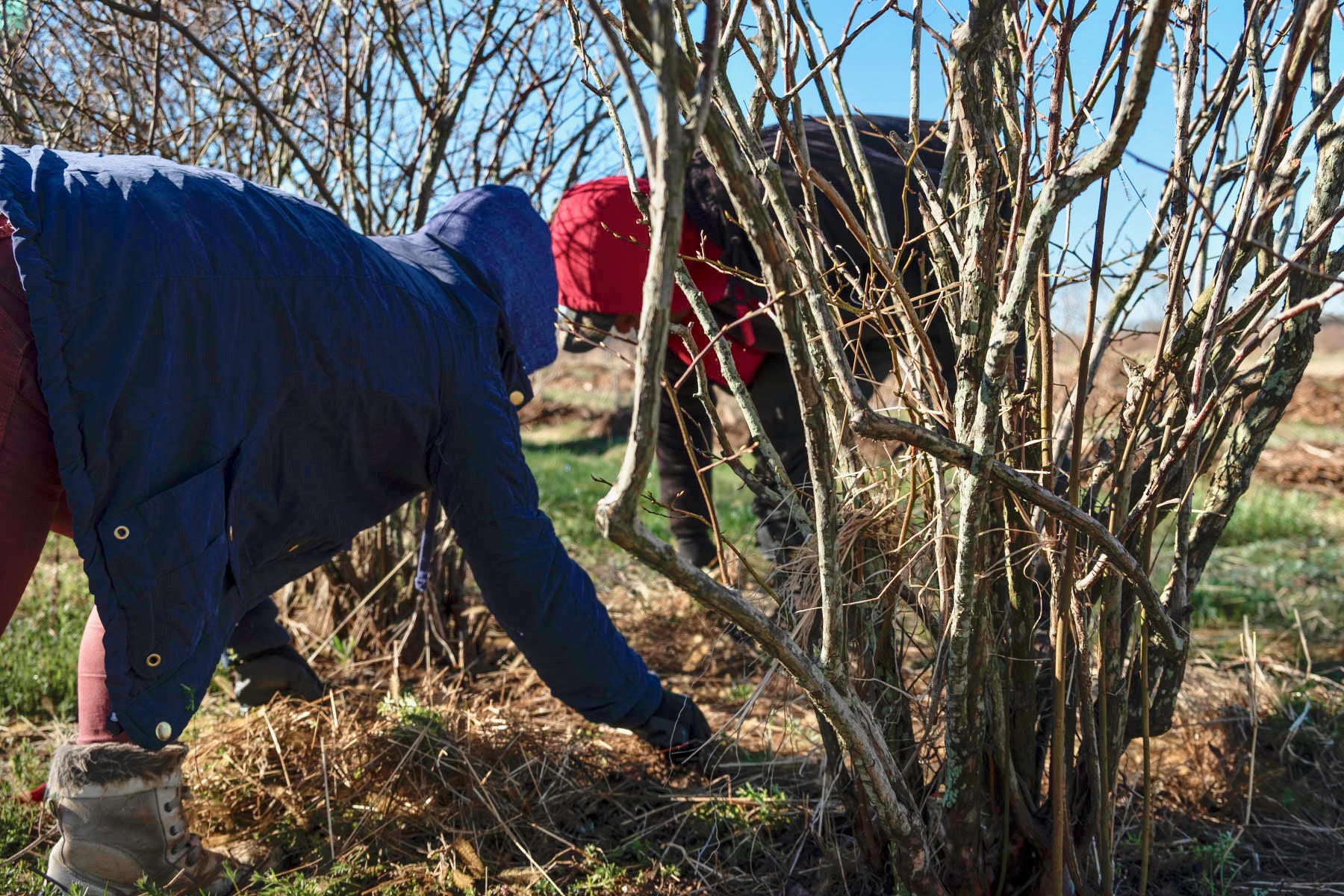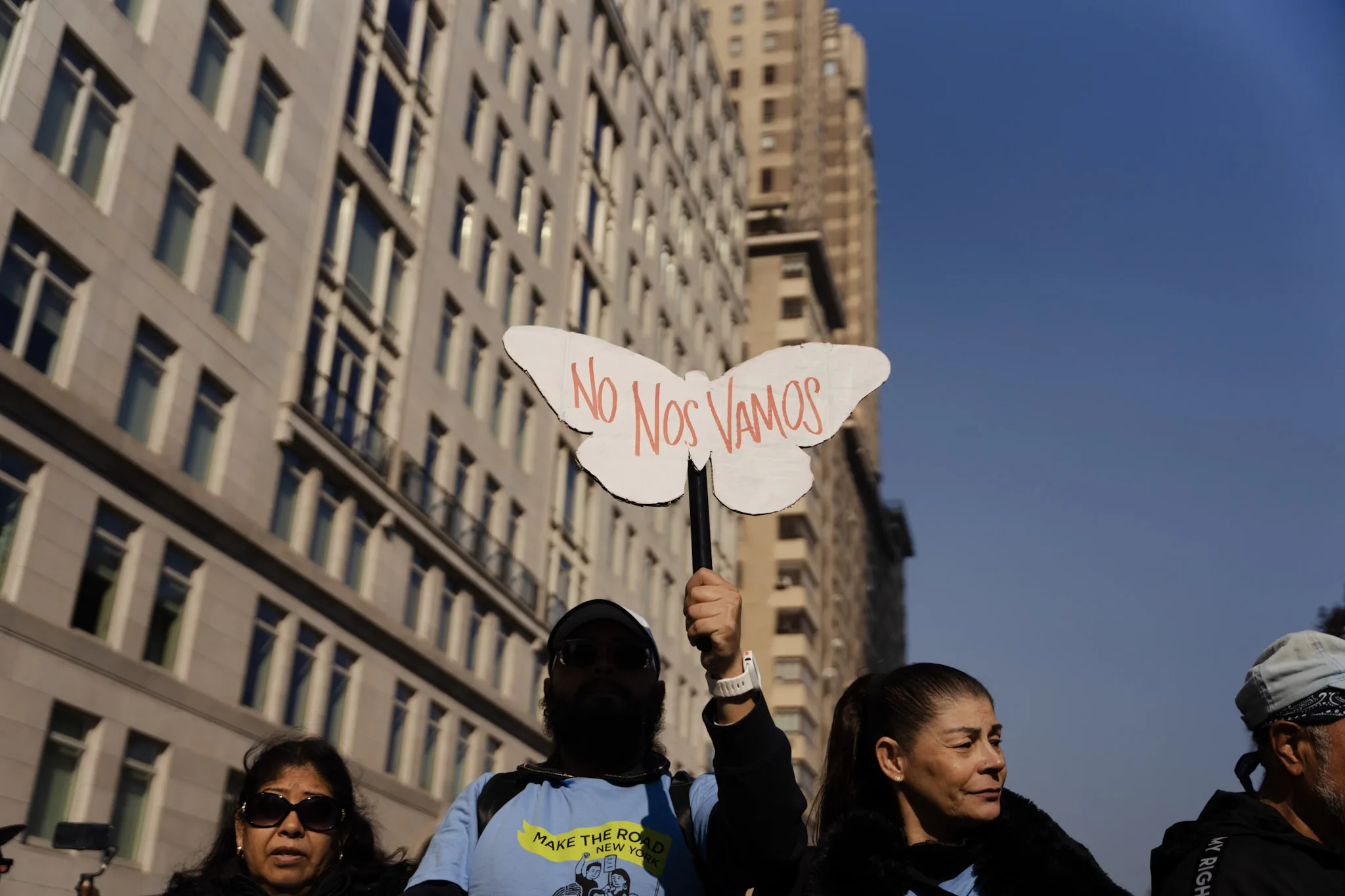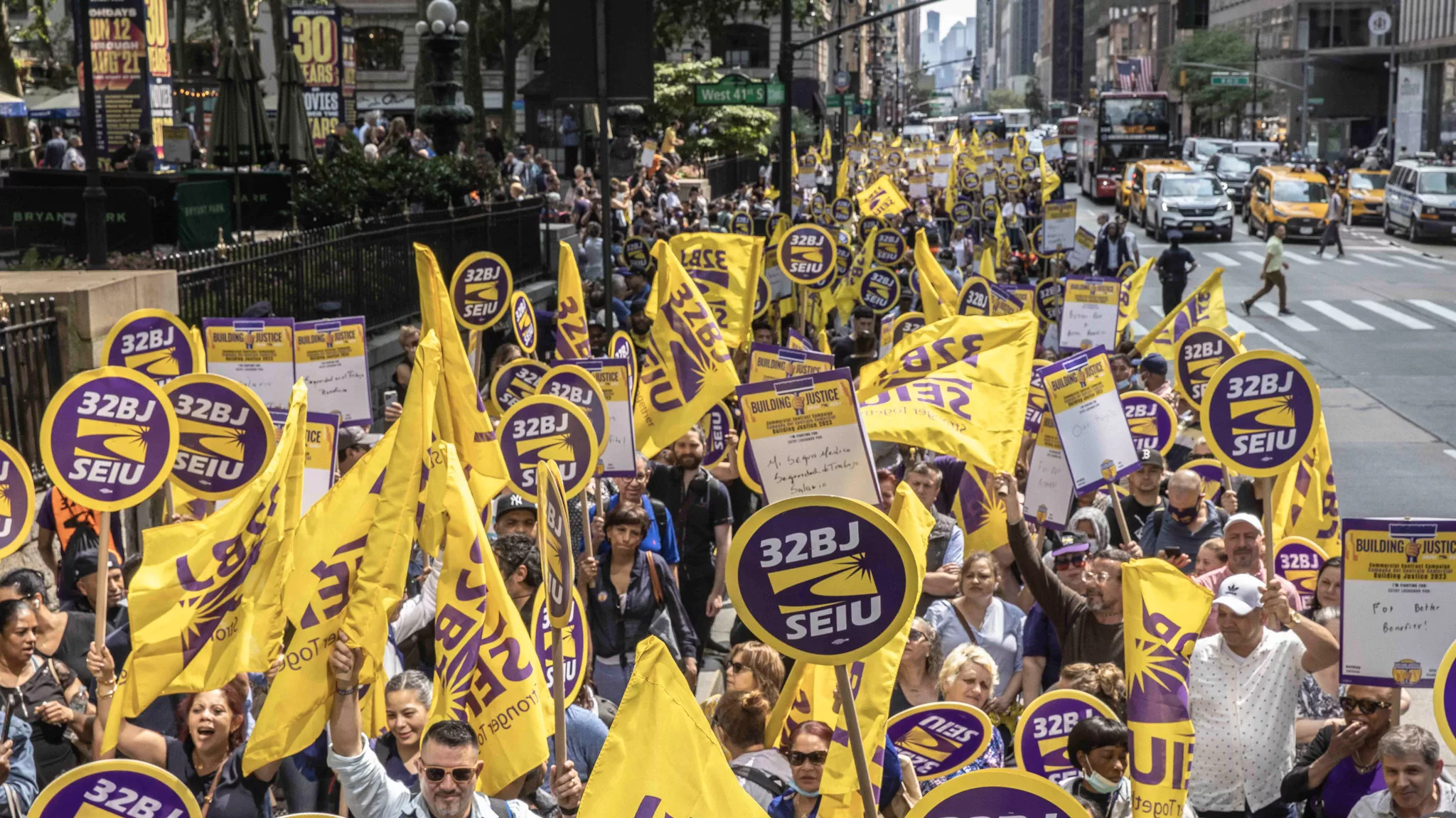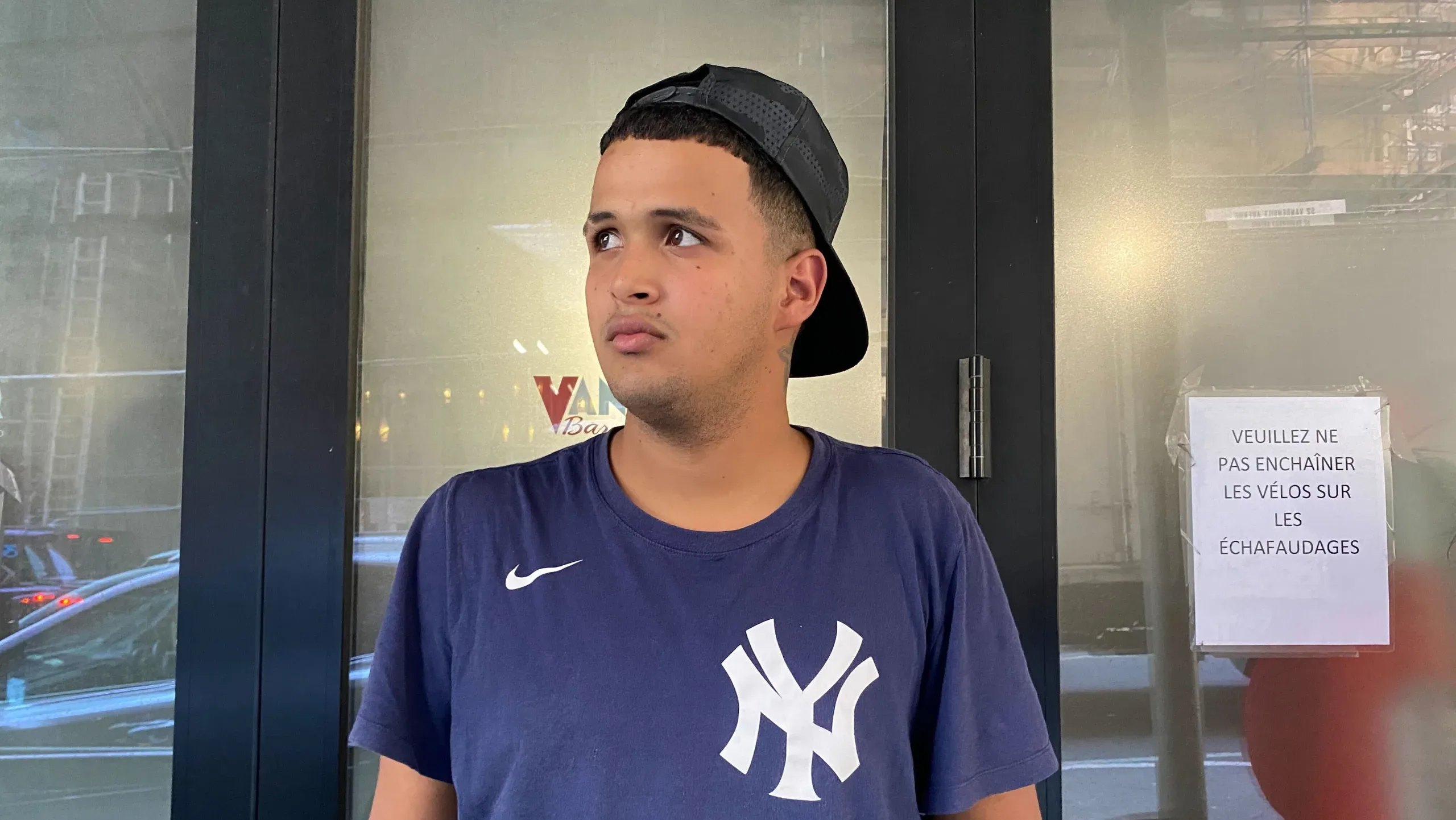A series of accidents on city construction sites that have left six workers dead and several more injured over the last seven months – including three men who were killed this month – has authorities scrambling to crack down on unscrupulous contractors and to educate workers about how to keep themselves safe.
The spate of tragic incidents began in September when a 47-year-old Dominican worker named Luis Almonte was crushed to death by a retaining wall that collapsed at a Sunset Park construction site, just hours after the contractor was warned that the project was unsafe. And on April 13, 34-year-old Gregory “Mo” Echevarria, an army veteran and father of five, was fatally struck by a beam while working on a site run by a contractor with a history of violations.
The accidents have shaken a poorly regulated industry whose reliance on dubious contractors and non-unionized, often undocumented workers who are afraid to report violations, has long made it one of New York’s most dangerous. In the last three years, construction injuries have increased from 472 in 2015 to 761 last year. Twelve workers died last year.
The Brooklyn District Attorney’s Office is conducting a criminal investigation of the accident that killed Almonte. And after Echevarria’s death on Saturday, the acting commissioner for the Department of Buildings, Thomas Fariello, said he would deploy 90 new inspectors to perform “safety sweeps” at constructions sites throughout the city. Fariello warned that the inspectors would issue citations for violations, and close down any sites where “serious safety lapses” are found. “The effort,” said a DOB announcement, “will hold accountable anyone in the construction industry who cuts corners at the expense of safety.”
Fariello said, “We find that most construction accidents could have been prevented with proper site safety precautions.”
But city officials have taken such steps before. The Department of Buildings has added some 250 new inspectors since 2015 and received an increase of $76 million in the same time span. In addition, the City Council passed a bill requiring workers to receive 40 hours of safety training. Labor organizers say increasing numbers of deaths and injuries on construction sites indicate that the city’s efforts haven’t done much to make the industry – which employs about 158,000 people – much safer. And they worry that without reforms that crackdown on contractors, these new measures won’t make much difference either.
“The city has the authority to strip licenses from these companies, and they’re not doing so,” said Charlene Obernauer, of the New York Committee for Occupational Safety and Health (NYCOSH). “We’ve seen contractors who have had multiple fatalities on the job and they still have licenses to do business. Their construction business goes on undeterred.”

Meanwhile the families of those killed in the accidents are left permanently shattered. In a telephone interview after Echevarria’s death, his partner, Sarah Ramirez, said he had served four tours in the Middle East. She said Echevarria had separated from the mother of his three other children, but was committed to his new start with her, her five-year-old daughter and their new baby – born just two months ago.
She recalled the last time he walked out the front door and gave her three kisses. One for each word: I. Love. You. She also recalled her last image of him. It was from the scene of the accident on Facetime. His body was covered by a sheet.
Slipping through the cracks
The most recent spate of tragic incidents began in September when a 47-year-old Dominican worker named Luis Almonte was crushed to death by a retaining wall that collapsed at a Sunset Park construction site, just hours after the project was declared unsafe.
Almonte had immigrated to the United States two years ago with hopes of providing a better life for his family and paying for medicine for his diabetic mother. He found a job in the industry he’d worked in his whole life – a job known to have higher pay than most available to undocumented workers. “There’s money in the floors here,” Almonte had told his nephew Andy Monsanto. On the night of September 11, 2018, he and Monsanto didn’t talk much — just exchanged a few words and a package of insulin.
The next day, Monsanto, an Uber driver who lives in the Bronx, was working when he received a panicked phone call from Almonte’s sister. She said he’d been buried beneath a collapsed wall and rescuers couldn’t find him.
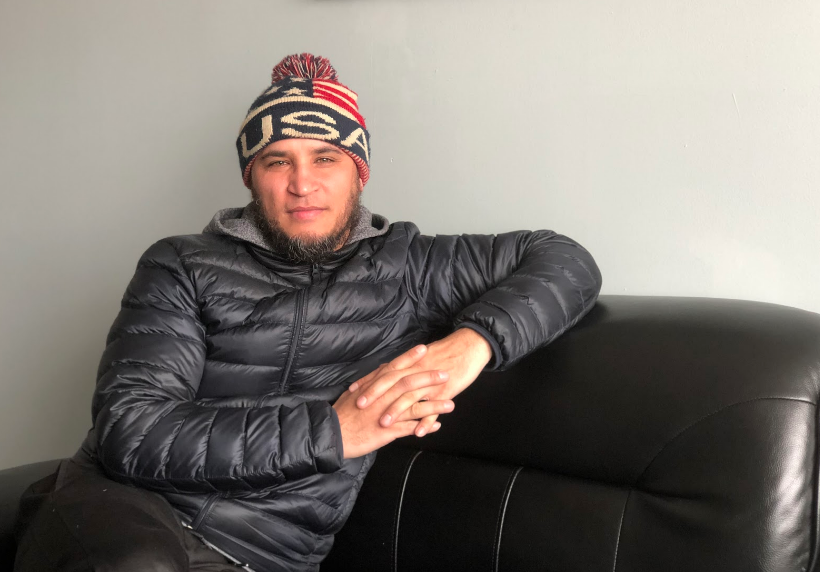
Monsanto said he didn’t rush to the scene of the accident, confident that his strong, strapping uncle would be fine. He said he imagined Almonte emerging from the mud, ”like the hero in a Sylvester Stallone movie.”
By nightfall, there was still no sign of Almonte. Monsanto said when he got to the construction site and saw the collapsed trench — almost as big as a football field — he began to lose hope.
Then it started to rain, and the search was suspended. In the end, it took 28 hours to unearth Almonte’s body, crushed beyond recognition.
The accident that killed Almonte provides a case study of the lapses in enforcement. The companies that controlled the construction site where he died had long histories of safety violations. Records show that the contractor that had hired Almonte, Jiaxi Liu of WSC Group, LLC, had been cited for serious OSHA violations since 2014, and even though he failed to pay several fines, he managed to keep his license and continue operations.
In 2016, Liu was accused of conspiring with city employees to create a false order to halt construction on a site he was running, and then solicited cash from the property owner to resolve the fraudulent fine, according to the indictment. That 2016 charge was part of a sweeping indictment against some 50 city employees, contractors and property owners.
Liu pleaded guilty, served five weeks of community service, paid a $5,000 fine, and lost his business license. But he was still able to operate as a subcontractor because the DOB, which issues permits for construction projects in the city, checks the licenses of the contractors doing the work. It does not check the licenses of companies hired as subcontractors.
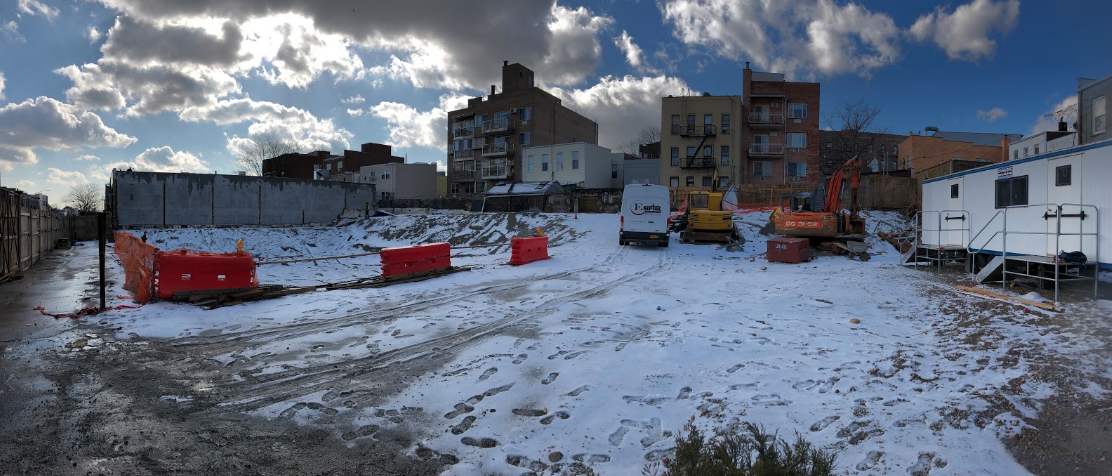
That’s because the general contractor assumes all responsibility for work carried out under city permits, according to Abigail Kuntz, a spokesperson for the DOB. “It’s their responsibility to make sure that the subcontractors that they hire are working within the law and properly vetted,” she said.
But there’s also evidence that general contractors escape serious scrutiny. The company overseeing the work site where Almonte died, Ground to Sky City Builders Corporation, was run by a man named Jorge Espejo. Records show he is currently being sued by two insurance companies for “outrageously negligent and reckless construction” on a site he oversaw in 2014.
The other contractor listed on the lawsuit was a company run by Liu.
Undocumented workers at greater risk
Some 93 percent of construction fatalities occur on non-union sites, which rely heavily on immigrant labor, particularly Latino workers, according to NYCOSH’s report on construction fatalities, released in January.
Some, like Almonte, were builders in their home countries. Still others come with no experience at all, and are therefore unfamiliar with basic safety protocols.
A more pressing issue, Obernauer said, is the workers’ reluctance to report potential safety hazards out of fear of retaliation. That is particularly true for Latino and undocumented workers, she added. “They are more likely to be exploited.”
The DOB has responded to the mounting outcry by announcing sweeps of 5,000 construction sites last week, and promises to issue fines of up to $25,000 for violations that put workers’ safety at risk.
City lawmakers, however, have focused their attention on teaching workers to protect themselves, requiring them to complete 40 hours of safety training. That effort has been broadly criticized by workers and their advocates, who say that the new requirements, adopted as part of Local Law 196, put an unfair burden on the workers.
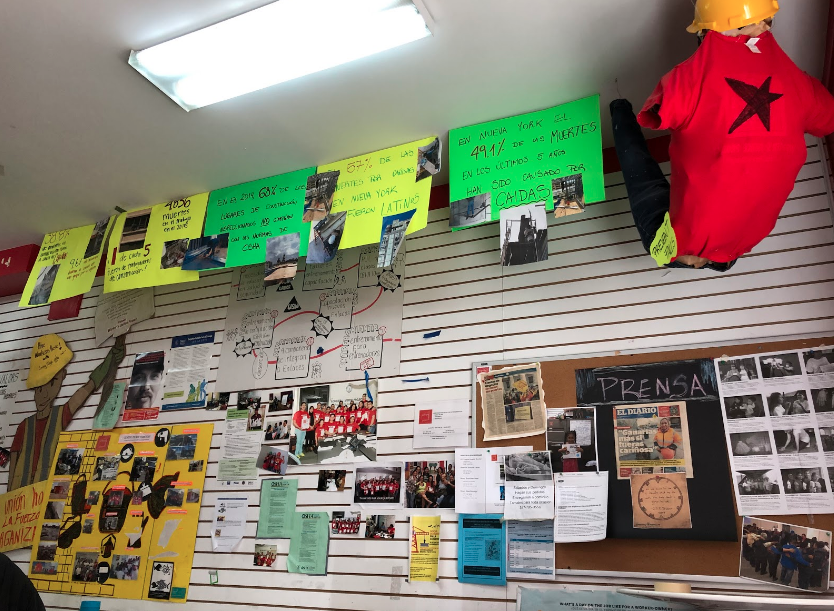
Part of the problem is that the city hasn’t provided the resources to fulfill its own mandate, said Obernauer. Workers are supposed to have completed their first 30 hours of safety training last December, she said. But authorities pushed the deadline back to June 1 because there aren’t enough courses to meet the demand. It’s unclear they’ll meet their new deadline, she said.
Advocates also say that employers are not willing to pay workers while they are getting the training. Nor are most employers willing to cover the cost, which runs between $350 to $500. They add that the cost and time commitment puts low-income day laborers and immigrant workers at a disadvantage.
Some nonprofit organizations offer the training at no cost to workers, but they are not able to keep up with the demand. An official at the Worker’s Justice Project said the group currently has more than 800 people on its waiting list for OSHA classes.
As a result, many workers remain untrained. On Wednesday, dozens of workers and advocates gathered on the steps of City Hall to demand the council extend the deadline again.

Sergio Ajche, a 34-year-old construction worker, said small contractors don’t want to give workers time off to get the training, but then won’t hire workers without it. He said the contractors tell applicants, “if you don’t have the training, you don’t have work.”
Training, however, is just one piece of the puzzle, said Obernauer. She said it won’t address accidents caused because of poor government oversight and contractors who fail to follow safety guidelines.
Failure to communicate
The crane operator on the site where Echevarria was killed, reportedly Cranes Express Inc, had been cited by OSHA for a serious violation in 2016 and fined $3,500. The company had also had been investigated for a worker fatality in 2015, though no violations were found. The general contractor managing the site where Echevarria died, KSK Construction Group, was fined for two OSHA violations in 2017.
Earlier this month OSHA released its investigation of the incident that killed Almonte and found that workers on the site had been warned that a retaining wall was at risk of collapsing because it had not been properly built.
The Brooklyn District Attorney’s Office has launched a criminal investigation into the accident. An OSHA spokesperson said that Liu is contesting the citation. Liu could not be reached for comment. Espejo said he was advised by his attorney not to comment.
When asked how Liu and Espejo had been able to keep operating despite their histories of violations, safety experts explained that while OSHA, a federal agency, can fine contractors for violations, it cannot stop them from getting new permits because that process is controlled by the city’s Department of Buildings.
Documented found that between 2009 and 2017, at least 16 companies with a worker fatality on record were granted a permit by the DOB after the death.
In 2007, Kenneth Formica, the owner of one company, Formica Construction, was found criminally negligent in a death of a worker on one of his sites. In 2015, the company was slapped with a $109,000 OSHA fine after a mezzanine collapsed on a site at a car dealership killing a worker. The DOB has awarded them 66 building permits since then.
Reforms come too late for families
After Almonte’s death, Liu was fined some $64,000. As for Espejo, the DOB conducted a sweep of the 23 sites associated with his company. Seven of the sites were shut down, DOB officials said. And 12 of the sites were assigned to new contractors.
The DOB has begun an investigation into the accident that killed Echevarria.
For the families of these workers, reforms do little to dull the pain.
On the afternoon after Echevarria died, the worker’s relatives had gathered outside his parents’ Bushwick home. From a distance, it looked like a block party. Children scurried playfully on the sidewalk and Jay Z’s “Hard Knock Life” was blasting from a stereo. Family said it was the right way to send off someone who used to have singing competitions with his sister, often winning with his performances of Backstreet Boys songs.
A row of candles had been set on the fence at the front of the house. A sign had been hung that said, “R.I.P. Mo,” which friends and neighbors stooped down to sign. His two-month-old son, Garrison, slept upstairs.
陈学理胜选凸显华人社区“右转”
“He was my one and only,” Ramirez said. She recalls crying in the hours after Echevarria’s death. Her five-year-old daughter, Sapphire, consoled her, rubbing her back.
She says she’s determined to live out the plans they had made together – to move West, buy a house and sign Garrison up for baseball when he’s older. But there’s one thing she’ll never get.
“I would have loved to carry his last name.”
Additional reporting by Weihua Li, Britt Kreigstein, and Andrea Salcedo.


